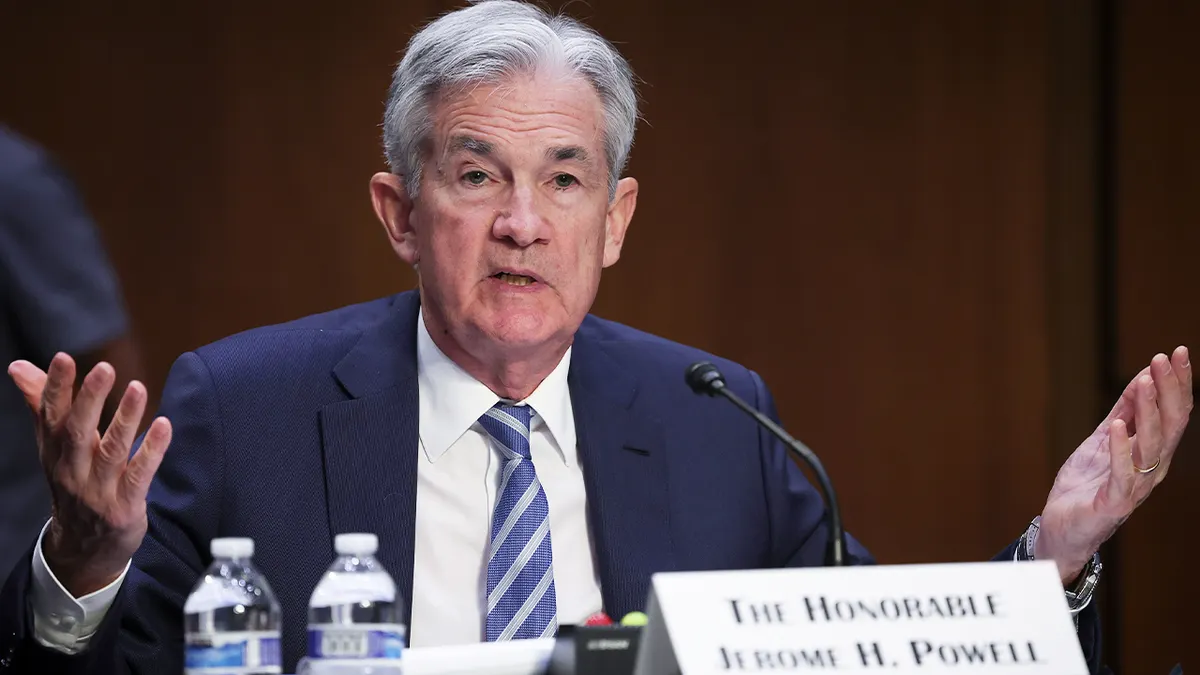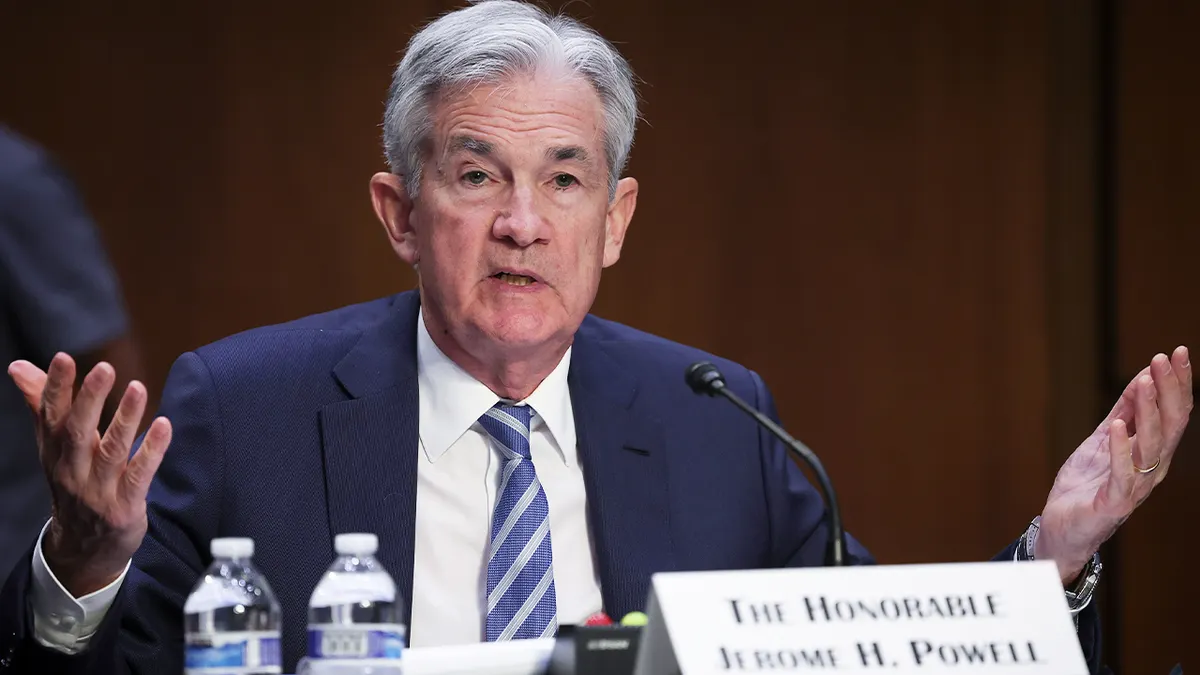
Investment banks say U.S. companies are lining up multibillion-dollar bond deals to
lock in lower borrowing costs, with order books already oversubscribed across technology,
utilities and consumer names. The pipeline reflects a rapid reset in funding conditions
following the Federal Reserve’s latest rate cut, as issuers move to secure coupons before
spreads compress further.
lower coupons, with oversubscriptions signaling strong buy-side demand.
Primary Market Momentum Builds
Syndicate desks report that investor demand is broad and deep, spanning high-grade and
high-yield. Several blue-chip names are expected to price large, multi-tranche offerings,
while leveraged borrowers look to refinance ahead of tighter conditions. Early indications
suggest heavy participation from real-money accounts and crossover investors seeking to add
duration at improved all-in yields.
Nigel Green, chief executive of deVere Group, characterized the rush as both predictable and
self-reinforcing. “We’re witnessing a rush by corporates to secure funding at lower coupons,
and that momentum is self-reinforcing,” he said. “The secondary market benefits as every new
deal brings more investors into the space.”
supply crowds in fresh capital and tightens spreads across the curve.
A Global Credit Moment
The appeal of new issuance is not confined to the U.S. European and Asian corporate bond
markets are drawing increased attention as the Bank of England and Bank of Japan sustain
accommodative stances. Cross-border demand is rising, with U.S. funds looking at euro
paper for diversification and Asian institutions anchoring U.S. dollar tranches from
American issuers.
“This is a global credit moment,” Green said. “Dollar, euro, and sterling issuers all stand
to gain as investors search for yield in stable names.” The synchronized interest suggests
the coming wave could be both broad and durable, cutting across currencies, maturities and
sectors.
issuance windows in USD, EUR and GBP, broadening the buyer base.
Secondary Market Dynamics And Risks
Heavy primary activity often pulls the secondary market higher as new deals set reference
levels and outstanding bonds re-rate. Traders note improving breadth in credit, with
performance led by quality carry trades and select reopening of high-yield risk. Still,
the rally is not without caveats.
Green warned that the opportunity may compress quickly. “When spreads tighten sharply, the
easy money will be gone,” he said. “Investors who act early, while yields remain attractive,
are positioning themselves for a multi-quarter credit rally.”
Potential headwinds include a glut of supply testing investor capacity if weaker credits
crowd the calendar, as well as macro shocks—from geopolitics to uneven China growth—that
could reintroduce volatility. The Fed’s longer-term inflation path also matters: a resurgence
in price pressures could push yields back up and erode the savings issuers seek today.
spreads and thinner new-issue concessions if the window narrows.
What To Watch Next
- New-Issue Concessions: Size and direction will signal buy-side bargaining power.
- Refi vs. Net New Money: Balance will show whether leverage is rising or simply rolling.
- Fund Flows: Sustained inflows into IG/HY funds would support multi-week calendars.
- Cross-Currency Mix: EUR and GBP tranches could extend the rally beyond U.S. dollar markets.
For now, primary markets are firmly open and investors appear willing to meet issuers halfway.
As Green put it, “This week’s cut is more than a headline for Wall Street; it’s the starting
gun for what we expect to be a broad and sustained resurgence in global corporate credit.”
setting up for a multi-quarter credit rally anchored by robust primary issuance.



